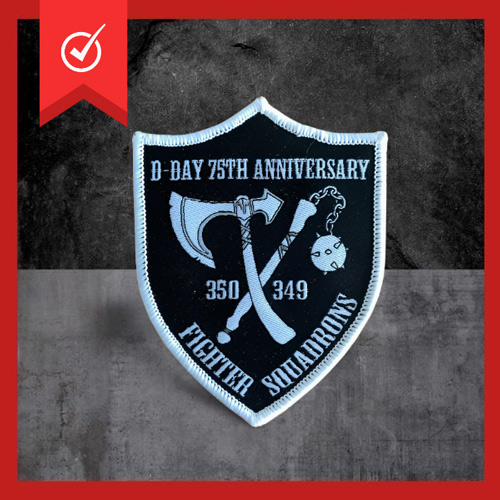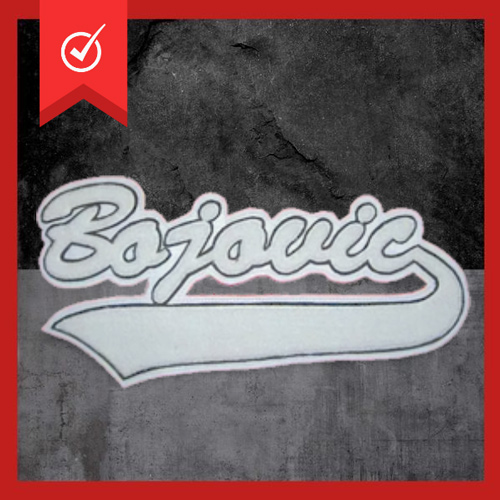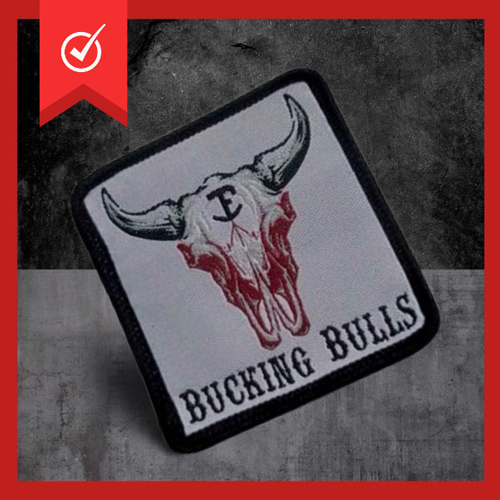Embriodery Patches
Embroidered patches involve sewing threads onto a fabric base, with materials like cotton, polyester, or wool typically used for the thread. The patch design can vary from a minimal logo to an intricate image.

FEATURES:
-Thread: Consisting mainly of polyester or cotton for strength and endurance.
-Backing: Comprising fabric, felt, or vinyl material which secures the patch and prevents fraying.
-Attachment: Affix patches using various methods such as sewing, ironing, or heat-pressing.
USES :
-Clothing: Personalize clothes through embroidered names, initials, logos, or other creative designs.
-Bags: Add a unique touch to bags with owner’s name, beloved quotes, or imaginative artwork.
-Gear: Enhance gear like backpacks, hats, and jackets with visually appealing patches that can identify the owner or simply elevate style.


BENEFITS
-Durability: Withstand significant wear and tear thanks to their robust nature.
-Customizable: Tailor your patch by selecting the design, colors, and size.
-Versatile: Experience a multitude of uses from personalizing attire to repairing items or injecting style.
ADVANTAGES
-Durability: Exceptionally resilient against wear and tear.
-Customization: Modify design aspects including color choice and patch size.
-Versatile: Suitable for numerous applications from personalization to repairs and adding aesthetic value.


DISADVANTAGES
-Price: Tend to be costlier than alternative patch types.
-Time to Create: Involves a longer creation period, especially when custom-made.
-Care Instructions: May entail special care guidelines such as hand-washing or dry cleaning.





